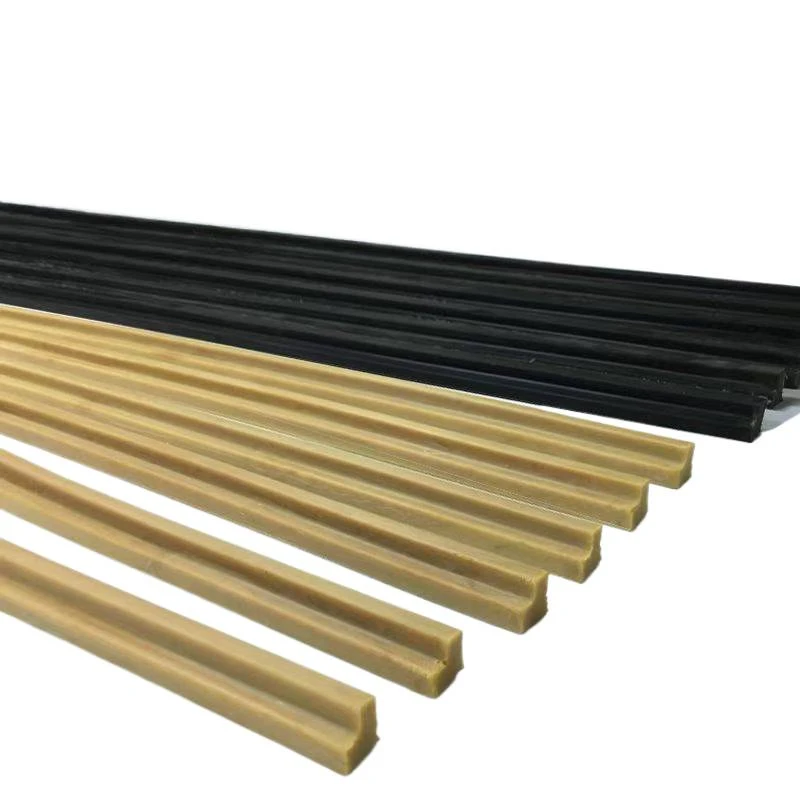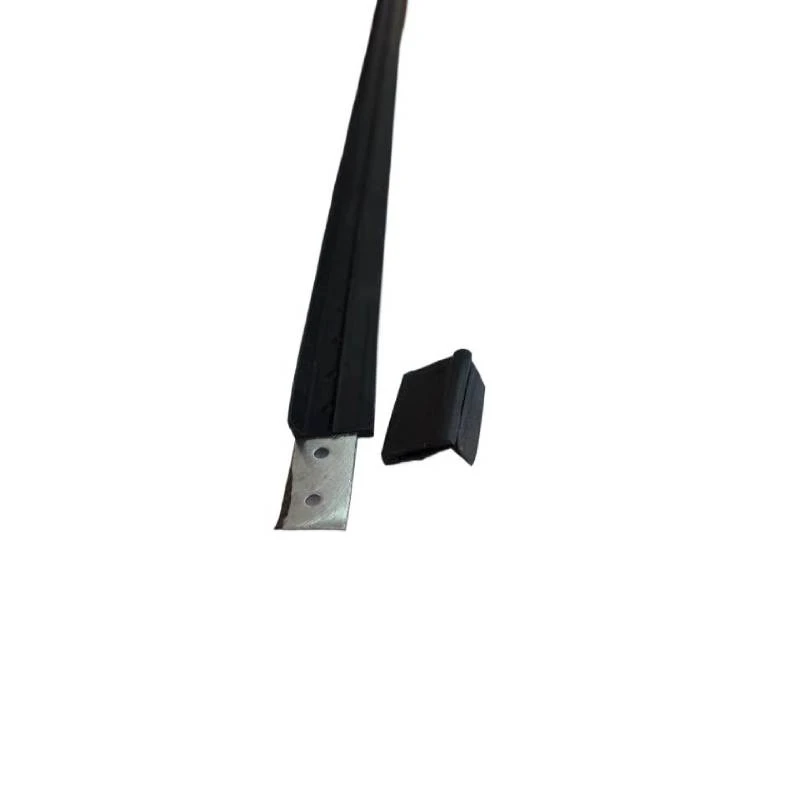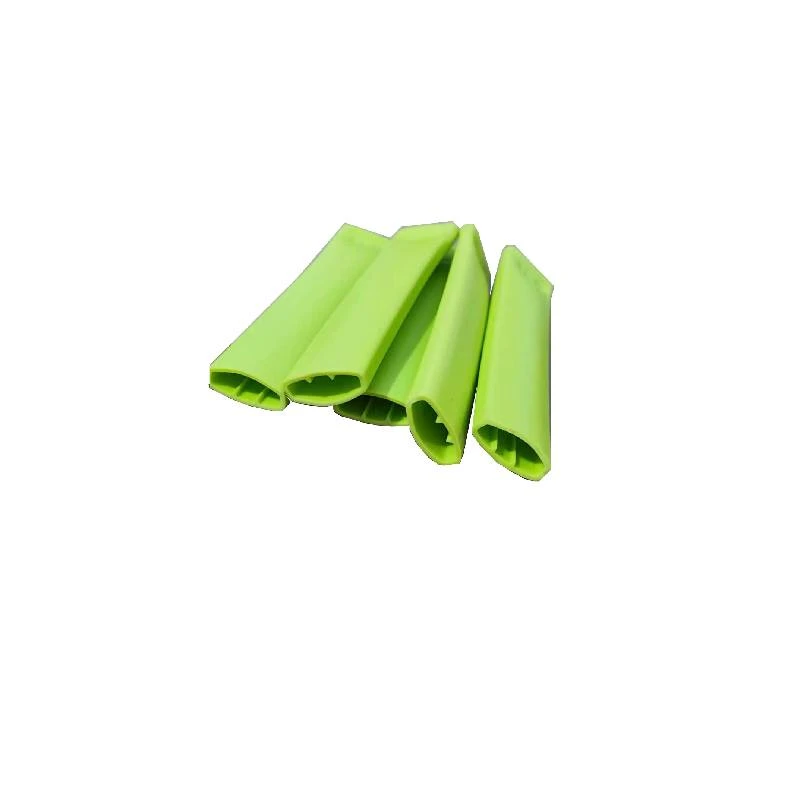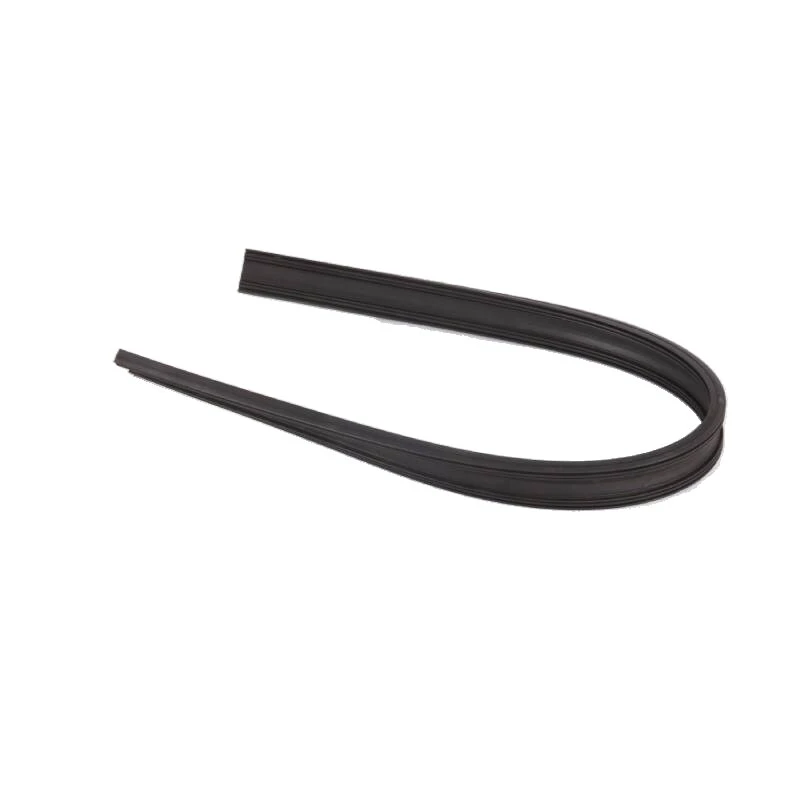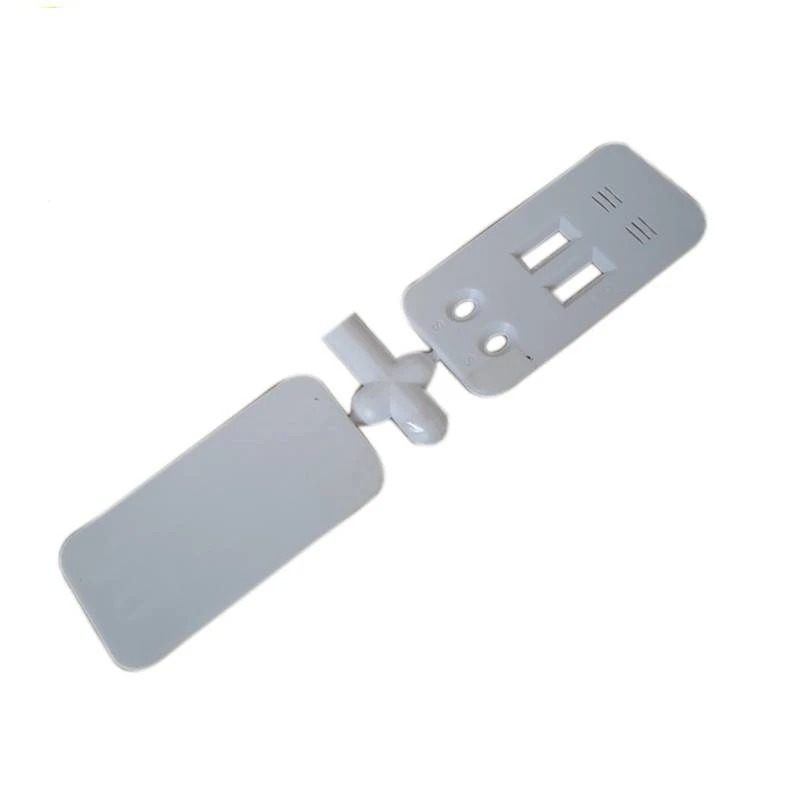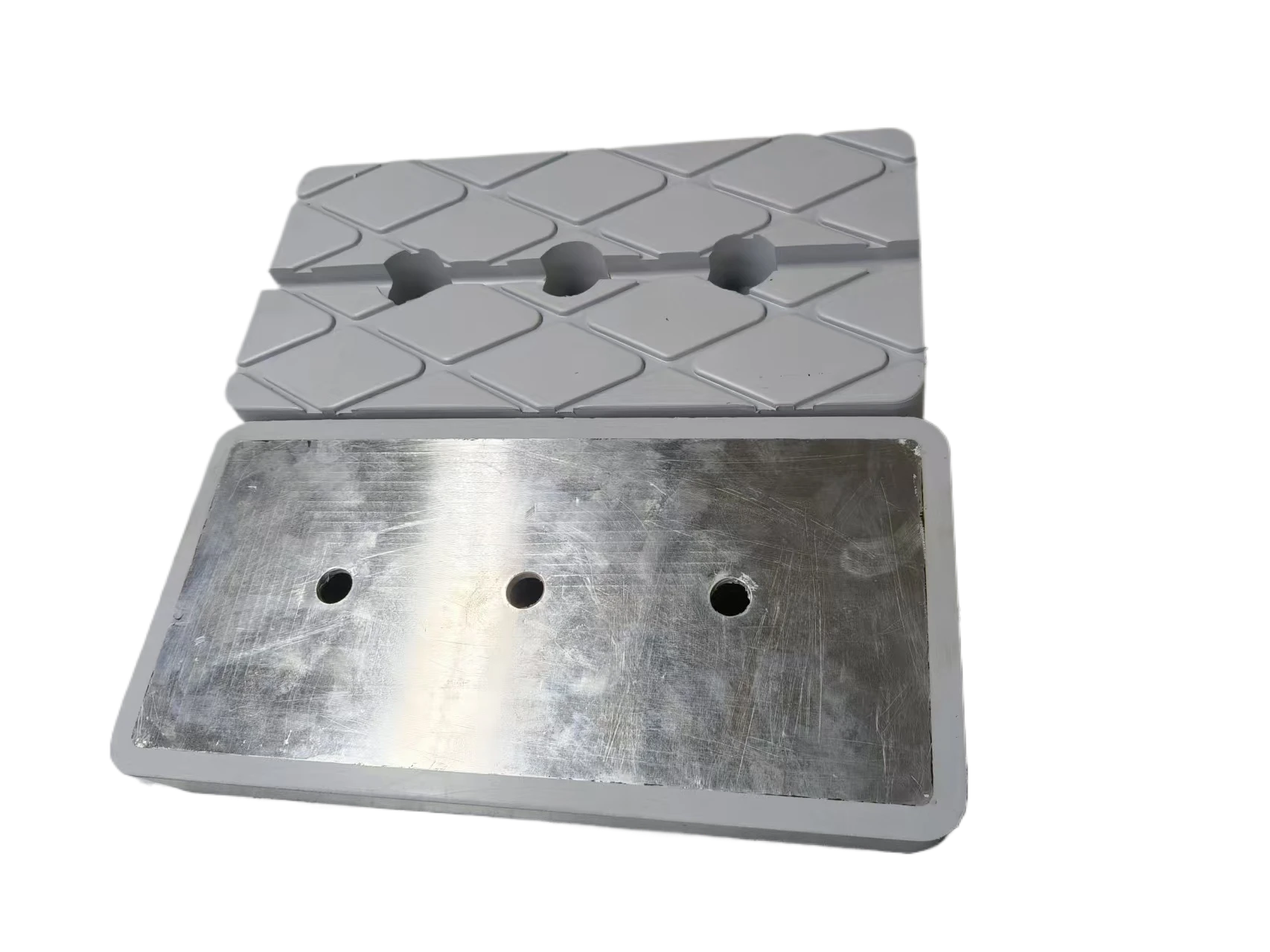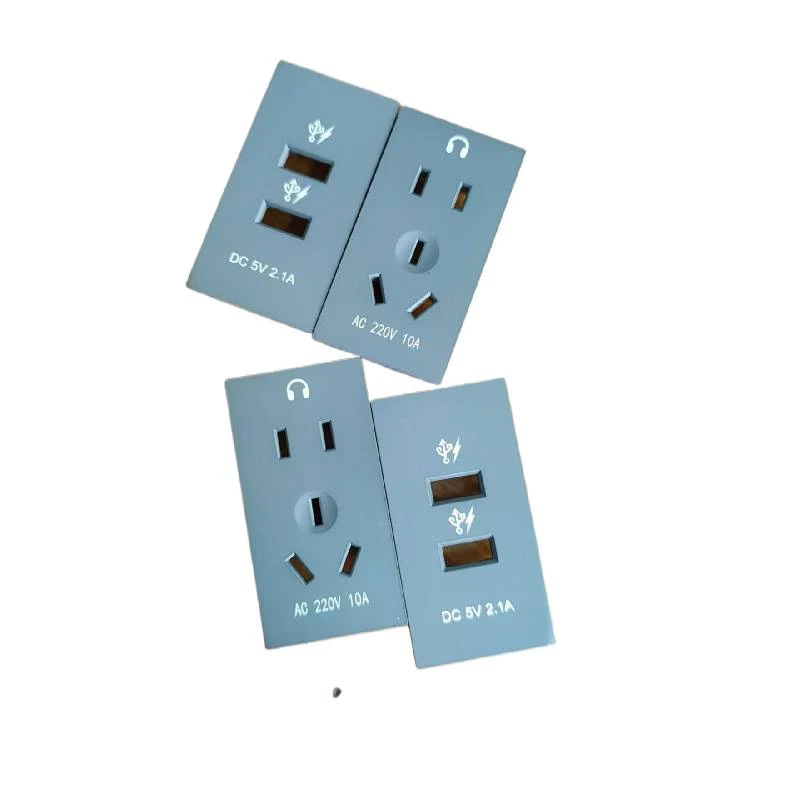
- Afrikaans
- Albanian
- Amharic
- Arabic
- Armenian
- Azerbaijani
- Basque
- Belarusian
- Bengali
- Bosnian
- Bulgarian
- Catalan
- Cebuano
- chinese_simplified
- chinese_traditional
- Corsican
- Croatian
- Czech
- Danish
- Dutch
- English
- Esperanto
- Estonian
- Finnish
- French
- Frisian
- Galician
- Georgian
- German
- Greek
- Gujarati
- haitian_creole
- hausa
- hawaiian
- Hebrew
- Hindi
- Miao
- Hungarian
- Icelandic
- igbo
- Indonesian
- irish
- Italian
- Japanese
- Javanese
- Kannada
- kazakh
- Khmer
- Rwandese
- Korean
- Kurdish
- Kyrgyz
- Lao
- Latin
- Latvian
- Lithuanian
- Luxembourgish
- Macedonian
- Malgashi
- Malay
- Malayalam
- Maltese
- Maori
- Marathi
- Mongolian
- Myanmar
- Nepali
- Norwegian
- Norwegian
- Occitan
- Pashto
- Persian
- Polish
- Portuguese
- Punjabi
- Romanian
- Russian
- Samoan
- scottish-gaelic
- Serbian
- Sesotho
- Shona
- Sindhi
- Sinhala
- Slovak
- Slovenian
- Somali
- Spanish
- Sundanese
- Swahili
- Swedish
- Tagalog
- Tajik
- Tamil
- Tatar
- Telugu
- Thai
- Turkish
- Turkmen
- Ukrainian
- Urdu
- Uighur
- Uzbek
- Vietnamese
- Welsh
- Bantu
- Yiddish
- Yoruba
- Zulu
Custom Aluminum Parts Design Considerations for Heat Dissipation
Effective thermal management remains one of the most critical aspects in designing high-performance custom aluminum parts, particularly for industries where thermal runaway can lead to catastrophic system failures. As an industry-leading manufacturer with extensive experience, GaoBeiDianShi Fengye Rubber Seals Co.,Ltd. has established itself as a premier provider of precision CNC aluminum parts featuring optimized heat dissipation properties. This comprehensive 900+ word guide will thoroughly examine key design considerations within metal parts manufacturing that significantly enhance cooling efficiency, ensuring maximum reliability across demanding applications including automotive systems, aerospace components, advanced electronics, and heavy industrial equipment.
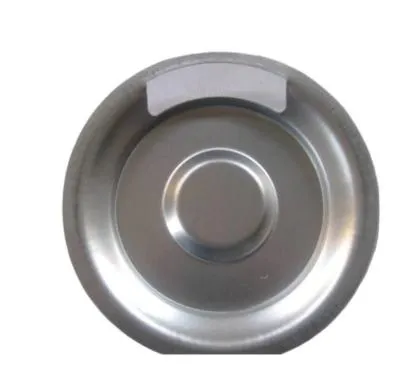
Optimizing Heat Dissipation in Metal Parts Manufacturing
The exceptional thermal conductivity of aluminum alloys (typically ranging from 120-220 W/m·K) makes them ideal materials for heat-sensitive applications, though realizing their full potential requires meticulous design optimization. CNC aluminum parts derive substantial benefits from carefully engineered thermal management features including precisely calculated extended surface areas, strategically positioned fin arrays with optimized geometries, and carefully designed airflow pathways that maximize convective cooling. At GaoBeiDianShi Fengye Rubber Seals Co.,Ltd., our engineering team employs advanced computational fluid dynamics (CFD) simulations alongside state-of-the-art machining techniques to guarantee these critical components consistently meet exacting thermal performance specifications across all operating conditions.
Within metal parts manufacturing, the critical relationship between surface area to volume ratio fundamentally determines heat dissipation efficiency. Our thermal engineers perform detailed calculations to determine the optimal fin density (typically 4-15 fins per inch), fin thickness (usually 0.5-3mm), and fin height (commonly 5-50mm) for each specific application, carefully balancing thermal performance against structural integrity requirements. For natural convection applications, we typically recommend larger fin spacing (8-15mm) to minimize airflow restriction, while forced convection systems benefit from tighter fin arrangements (4-8mm spacing) that maximize surface area exposure to directed airflow. The three-dimensional orientation of fins relative to primary airflow directions represents another crucial design consideration we systematically evaluate when developing custom aluminum parts for maximum cooling efficiency in real-world operating environments.
Material Selection for CNC Aluminum Parts
The selection of appropriate aluminum alloys profoundly impacts both the heat dissipation efficiency and overall performance characteristics of thermal management components. In professional metal parts manufacturing, alloys such as 6061-T6 (thermal conductivity: 167 W/m·K) and 7075-T6 (thermal conductivity: 130 W/m·K) have become industry standards due to their exceptional balance of thermal conductivity and mechanical strength properties. GaoBeiDianShi Fengye Rubber Seals Co.,Ltd. maintains an extensive inventory of premium-grade aluminum materials, including specialized high-conductivity variants, to satisfy diverse application requirements across multiple industries.
For CNC aluminum parts demanding superior thermal performance, our engineers frequently recommend alloy 6063 (thermal conductivity: 200 W/m·K), which offers outstanding extrudability for producing complex heat sink profiles with intricate cooling fin geometries. In high-stress applications where thermal management remains critical, alloy 2024 (thermal conductivity: 121 W/m·K) provides an optimal compromise between mechanical properties and thermal performance. Our materials specialists collaborate closely with clients to select the perfect alloy based on comprehensive evaluations of thermal requirements, environmental exposure conditions, mechanical loading scenarios, and lifecycle durability expectations.
GaoBeiDianShi Fengye Rubber Seals Co.,Ltd. further enhances thermal performance through specialized surface treatments, particularly Type II and Type III anodizing processes. Our Type III hardcoat anodizing treatments not only improve surface hardness to 60-70 Rockwell C but can increase thermal emissivity by 70-80% compared to untreated surfaces, dramatically improving radiative heat transfer capabilities in passive cooling applications. For custom aluminum parts operating in corrosive environments, we offer complementary protective coatings that maintain thermal performance while providing exceptional resistance to chemical degradation.
Advanced Manufacturing Techniques for Custom Aluminum Parts
Precision CNC aluminum parts destined for thermal management applications require exceptionally controlled manufacturing processes to achieve optimal heat dissipation characteristics. GaoBeiDianShi Fengye Rubber Seals Co.,Ltd. operates a fleet of state-of-the-art 5-axis CNC machining centers capable of producing complex thermal components with dimensional tolerances as tight as ±0.005mm. This extraordinary precision ensures perfect interfacial contact between heat-generating components and their cooling solutions, minimizing thermal contact resistance that could otherwise compromise system performance.
Within our metal parts manufacturing processes for thermal applications, we implement several specialized techniques to maximize cooling performance. High-speed machining (HSM) processes running at spindle speeds up to 30,000 RPM allow us to create intricate fin structures with surface finishes better than 0.8μm Ra, promoting laminar airflow and reducing turbulent resistance. For high-volume production runs, we employ precision extrusion processes capable of creating complex heat sink profiles up to 300mm in width with exceptional dimensional consistency. Our vacuum brazing facilities can assemble multi-piece heat spreaders with joint strengths exceeding 200MPa while maintaining thermal transfer efficiencies above 95% of base material performance.
For large-scale custom aluminum parts measuring up to 2 meters in length, we implement stress-relieving machining techniques that minimize internal stresses which could otherwise lead to thermal warping during operation. Our quality assurance department conducts comprehensive thermal performance validation using infrared thermography, thermal resistance testing (θja measurements), and computational thermal analysis to verify every component meets or exceeds specified thermal performance criteria before shipment.
Metal Parts Manufacturing FAQs
What thermal advantages do CNC aluminum parts offer compared to other materials?
CNC aluminum parts provide numerous thermal advantages including excellent inherent thermal conductivity (typically 120-220 W/m·K depending on alloy), exceptional strength-to-weight ratios, and the capability to create complex geometries unattainable with other manufacturing methods. GaoBeiDianShi Fengye Rubber Seals Co.,Ltd. further enhances these benefits through proprietary design optimizations that maximize effective surface area for heat transfer while maintaining structural integrity under demanding mechanical loads and thermal cycling conditions.
How does alloy selection impact thermal performance in custom aluminum parts?
The aluminum alloy selection critically influences the thermal performance of custom aluminum parts, with conductivity values varying significantly between alloys (from 120 W/m·K for 2024 to 220 W/m·K for 1050). In metal parts manufacturing, we perform detailed thermal analyses to select alloys that meet both thermal and mechanical requirements, often recommending 6061 for general applications (167 W/m·K) or 6063 for maximum conductivity (200 W/m·K) when strength requirements permit. We also consider secondary factors like thermal expansion coefficients (23.6 μm/m·K for aluminum) when designing components for precision assemblies.
Which manufacturing techniques optimize heat transfer in CNC aluminum parts?
Several advanced metal parts manufacturing techniques significantly enhance heat transfer in CNC aluminum parts, including micro-fin machining (creating fins as thin as 0.3mm), non-traditional cutting methods for optimized surface textures, and precision skiving for producing high-density fin arrays. GaoBeiDianShi Fengye Rubber Seals Co.,Ltd. combines these with thermal interface optimization protocols that minimize contact resistance between components, often achieving thermal interface resistances below 0.1°C-in²/W in properly engineered assemblies.
What industries most frequently require advanced metal parts manufacturing for thermal solutions?
Numerous high-tech industries depend on advanced metal parts manufacturing for thermal solutions, including electric vehicle power electronics (inverters, converters), 5G telecommunications infrastructure, high-performance computing systems, and renewable energy conversion equipment. Custom aluminum parts play particularly critical roles in aerospace thermal management systems where weight savings and reliability are paramount, as well as in industrial automation equipment requiring robust cooling solutions for continuous operation.
How does GaoBeiDianShi ensure thermal performance in CNC aluminum parts?
GaoBeiDianShi Fengye Rubber Seals Co.,Ltd. implements a rigorous quality assurance program for our CNC aluminum parts that includes thermal resistance testing per MIL-STD-883 methods, infrared thermographic analysis, and computational fluid dynamics validation. Our metal parts manufacturing process incorporates multiple inspection stages to verify dimensional accuracy (including CMM verification), surface finish quality (profilometer testing), and thermal performance characteristics. We conduct accelerated thermal cycling tests (typically 500-1000 cycles) to validate long-term reliability under simulated operating conditions, ensuring our thermal management solutions deliver consistent performance throughout their service life.
-
Plastic Pelton Wheel – Lightweight, Cost-Effective Hydropower SolutionsNewsNov.24,2025
-
Durable and Cost-Effective Plastic Sheave Wheels for Modern IndustryNewsNov.24,2025
-
Plastic Spoke Wheel – Lightweight, Durable Wheels for Global Mobility SolutionsNewsNov.24,2025
-
Plastic Stem Casters: Durable, Cost-Effective Mobility Solutions for Every IndustryNewsNov.24,2025
-
Plastic Wheel Roller: Durable, Lightweight Solutions for Modern IndustryNewsNov.24,2025
-
Plastic Wheelchair Wheels: Durable, Affordable Mobility Solutions WorldwideNewsNov.24,2025
-
Small Plastic Casters – Durable, Lightweight Wheels for Global MobilityNewsNov.24,2025



